5340014992472
Price Quote Get an up to date pricing and availability quote for this product. Order online or over the phone.
Quality Commitment
Serving our customers with quality and safety first.
- AS9120 Certified
- Audited supply chain
- ITAR Registered
- DDTC Registered
- HAZMAT Certified
- Customer service objectives
- Every product 100% inspected

5340-01-499-2472 Specification Set by the OEM (see RNCC code 3)
plain
3.750in.
4.000in.
bradley; 2350-01-432-1526
3.000in.
2.500in.
0.500in.
0.210in. and 0.230in.
0.490in. and 0.510in.
1.500in.
0.745in.
0.750in.
0.190in.
0.190in.
4.250in.
3.750in.
3.125in.
0.563in.
0.500in.
chamfered ends
2 slots
chamfered ends
two holes
not identical
90.0 degrees
45.0 degrees
45.0 degrees
annunciator bracket
xlonger (vertical) leg has third hole 1.000 inch in diameter, centered 0.745 from left edge and 0.745 from bend; shorter (horizontal) leg has 1.250 X1.250 inch cut out with corner rounded to radius of 0.250 on right corner at the bend
aluminum alloy 5086 or aluminum alloy 5052
astm B209, alloy 5086-H32 or H116 assn std single material response
angle
Cross Reference Parts Part numbers that meet the specification outlined on this page and set by the OEM
Identification Item Identification Guide (IIG) and Item Name Code (INC)
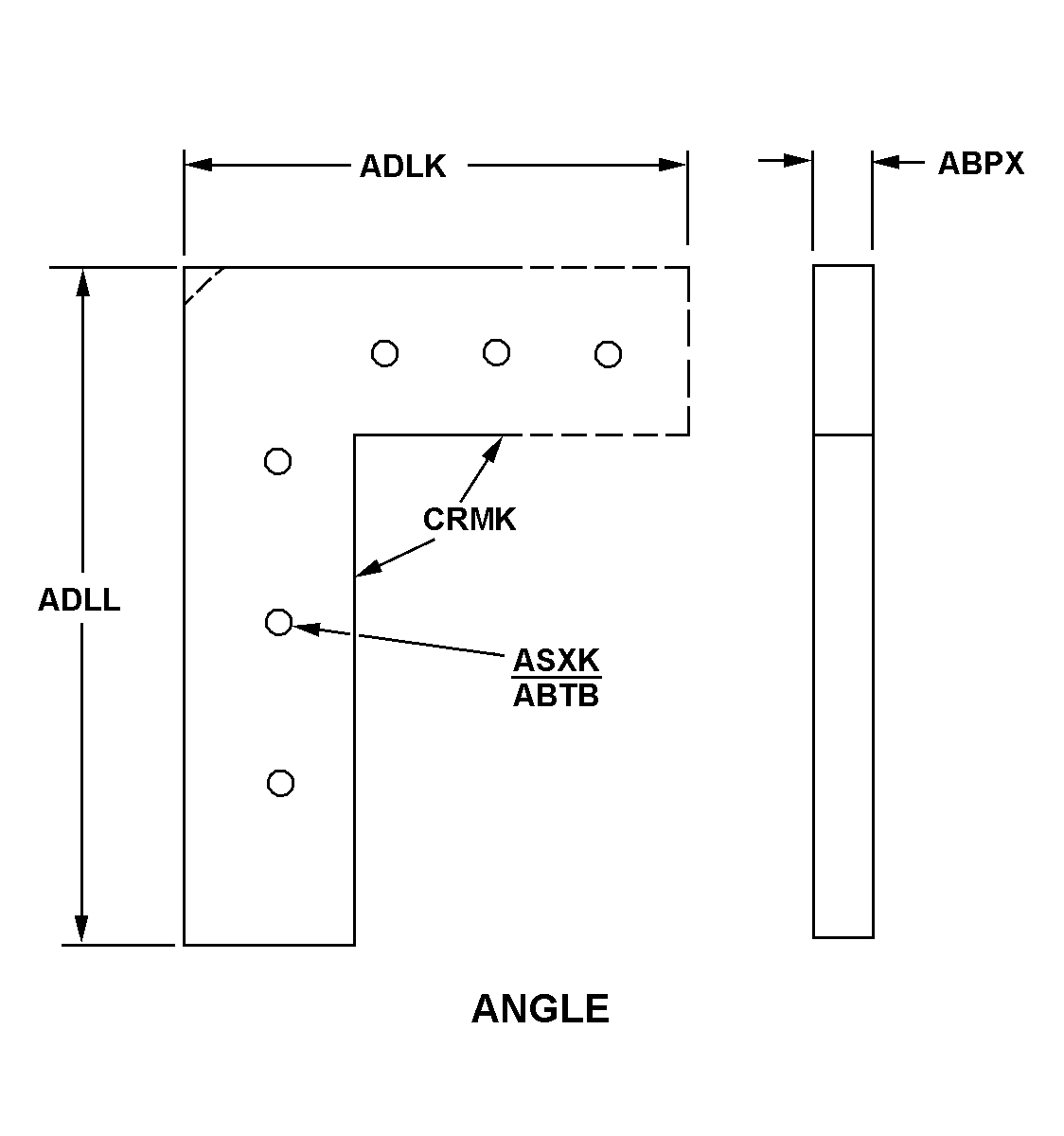
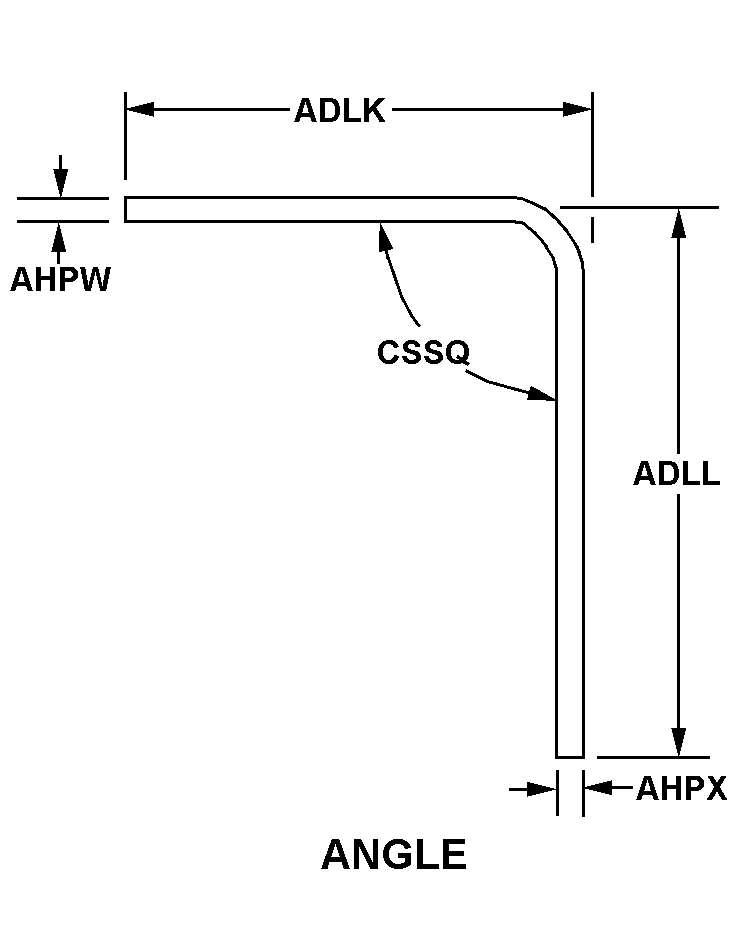
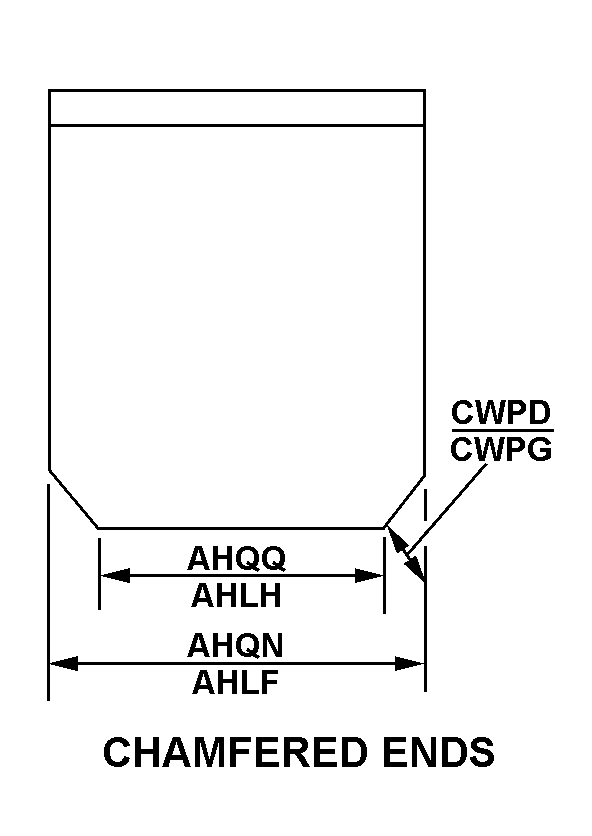
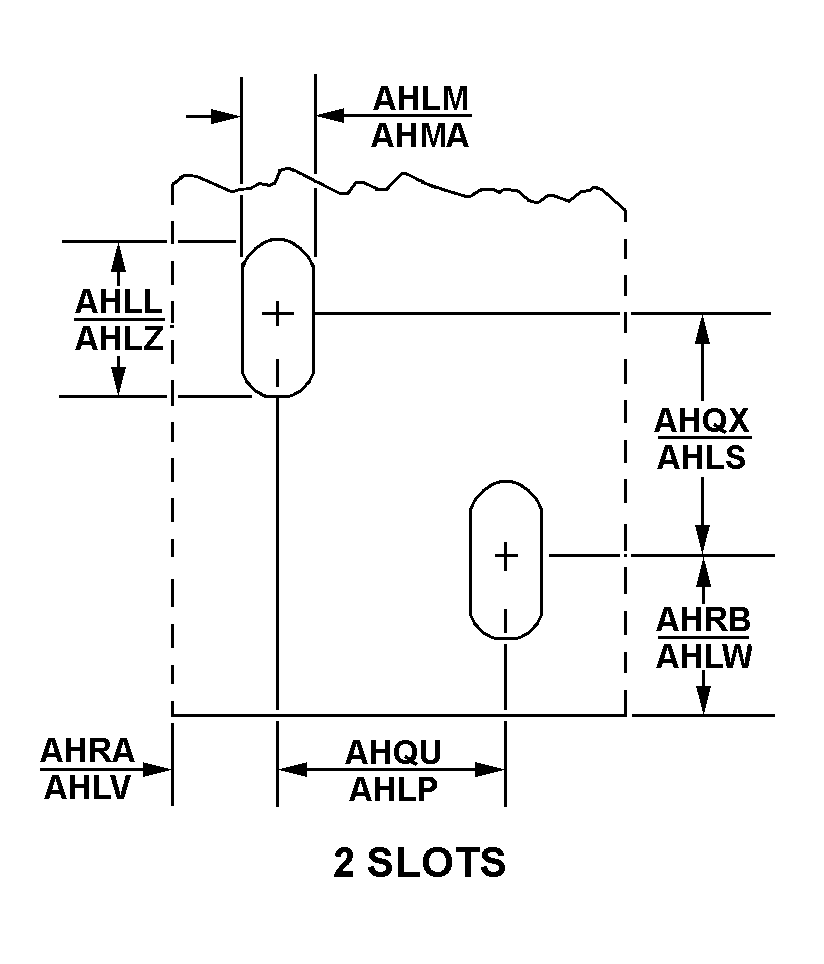
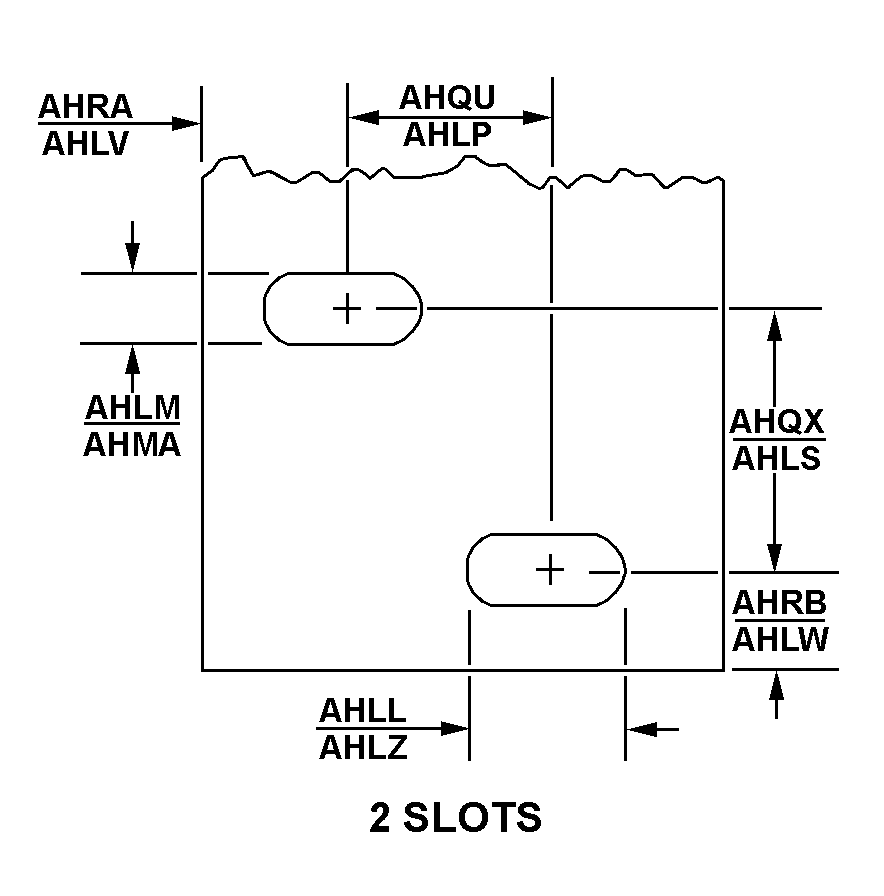

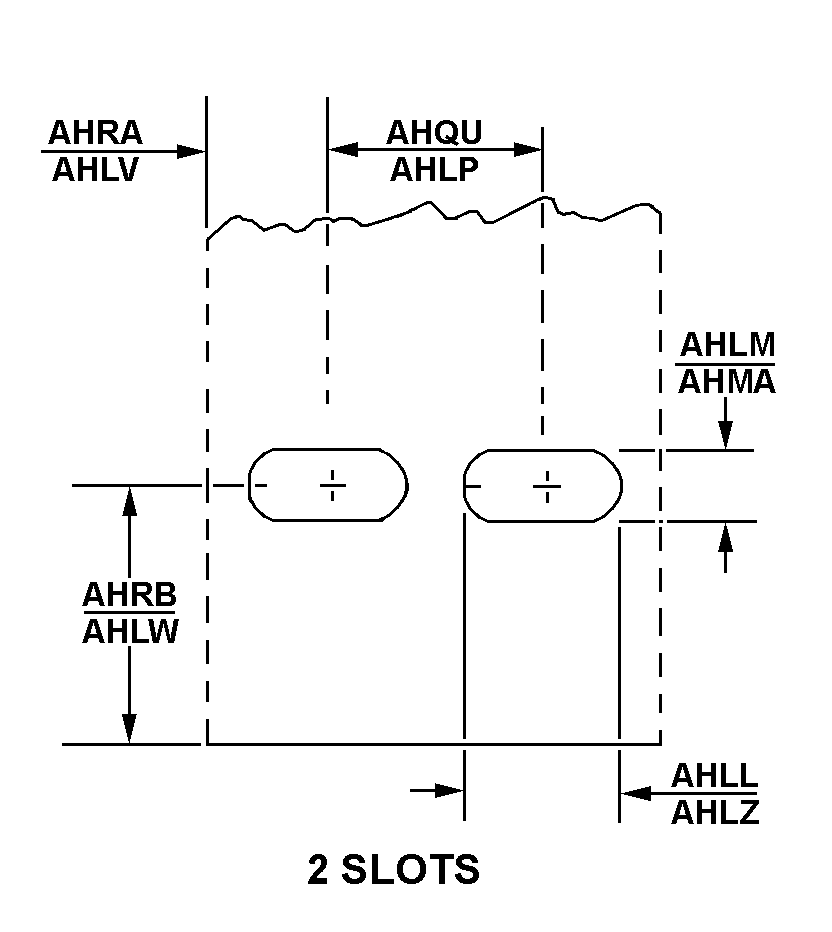
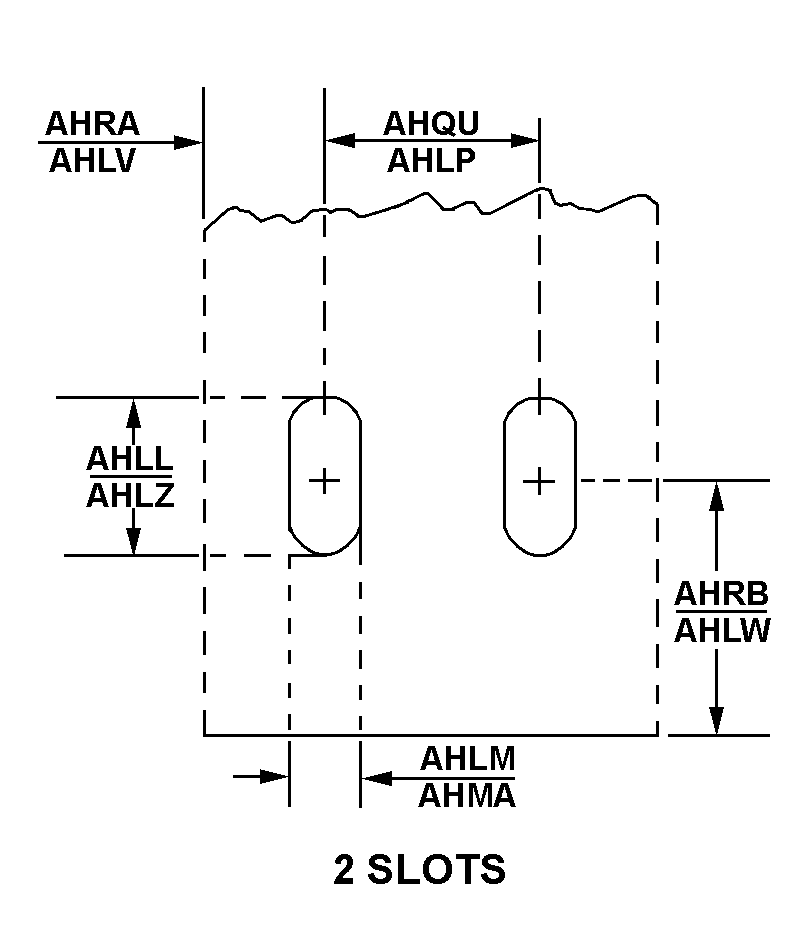
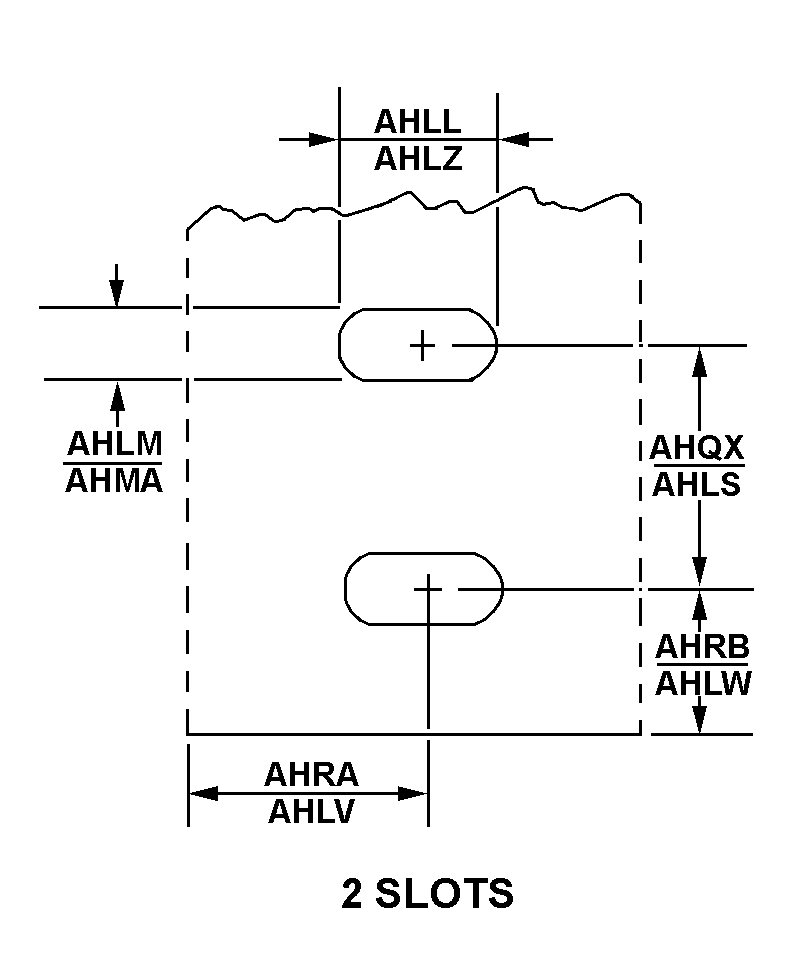
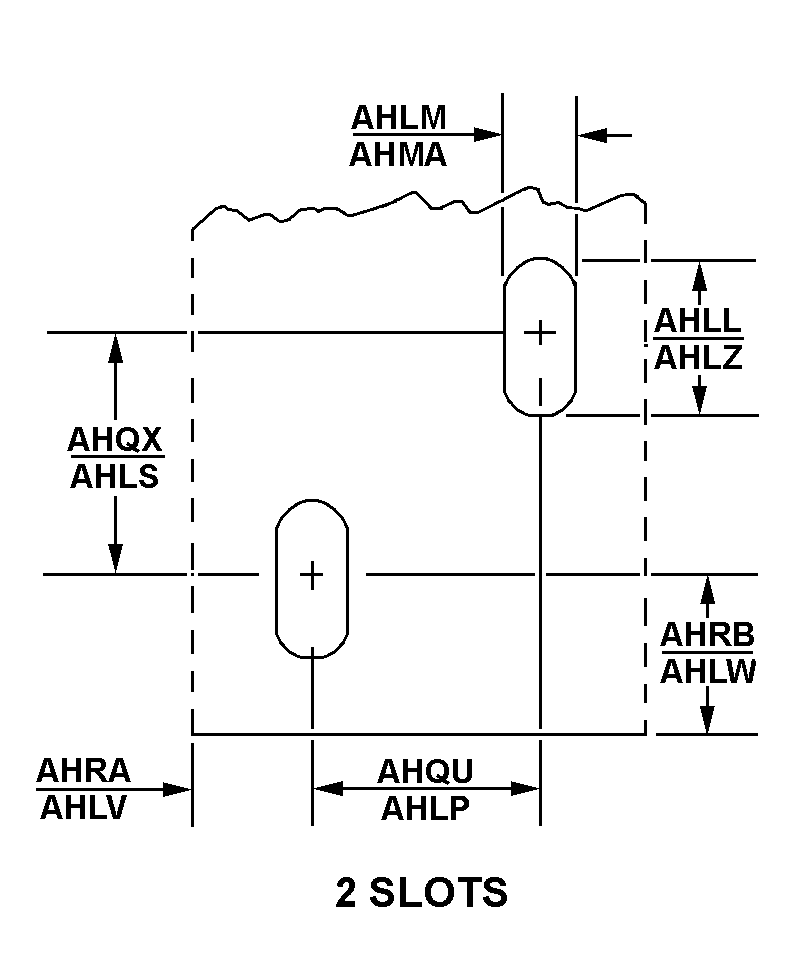
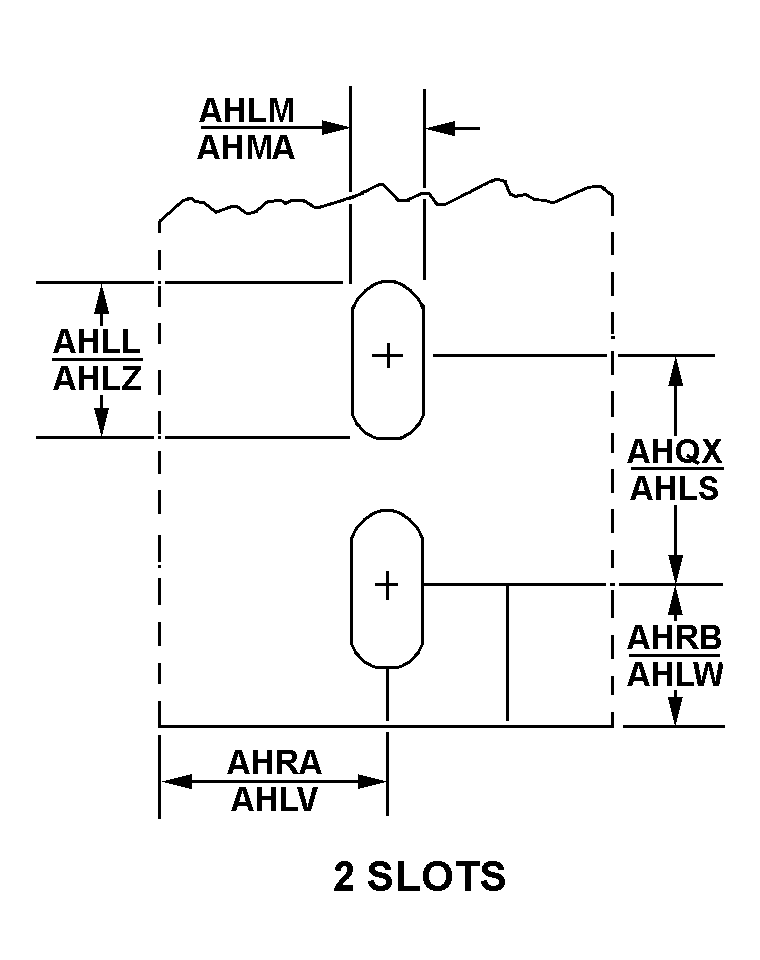
Definition Definition of approved item name (AIN): "BRACKET,ANGLE"
A ridge item, usually of flat material, formed into a dihedral angle (generally a right angle) which may be reinforced; it is designed to position, align, or support an item(s) in relation to another. Excludes brace (as modified); bracket (1), mounting; and bracket, shelf.
5340-01-499-2472 Material Hazmat, Precious Metals, Criticality, Enviroment, and ESD
Indicates there is no information in the hmirs. The nsn is in a fsc in table ii of fed std 313 and a msds may be required by the user. The requirement for a msds is dependent on a hazard determination of the supplier or the intended end use of item.
Precious metal content is unknown
No known electrostatic discharge (esd) or electromagnetic interference (emi) sensitivity.
Represents items with no adp components
The item does not have a nuclear hardened feature or any other critical feature such as tolerance, fit restriction or application.
Identification Codes
HMIC: Hazardous Material Indicator Code. A one position code that identifies a hazardous item.
PMIC: Precious Metal Indicator Code. A one position code which identifies items that have precious metals as part of their content. precious metals are those metals generally considered to be uncommon, highly valuable, and relatively superior in certain properties such as resistance to corrosion and electrical conductivity.
ESD: Electrostatic Discharge. Indicates if an item is susceptible to electrostatic discharge or electromagnetic interference damage. electrostatic discharge damage occurs when an accumulation of static electricity generated by the relative motion or separation of materials is released to another item by direct contact. electromagnetic interference damage occurs when an item comes into proximity with an electrostatic or magnetic field.
ENAC: Enviromental Attribute Code. Identifies items with environmentally preferred characteristics.
CRITL: Criticality Indicator Code. Indicates an item is technically critical by tolerance, fit, application, nuclear hardness properties, or other characteristics.
Material Management Material categorization and source of supply
Defense logistics agency, enterprise business systems
Material Codes
SOS: Source of Supply. A three position code or routing identifier code (ric), which identifies the source of supply activity.
SMIC: Special Material Indicator Code. A two position code, which categorizes material on the basis of requirements for source or quality control, technical design or configuration control, procurement, stocking and issue control, special receipt, inspection, testing, storage, or handling.
MMAC: Material Management Aggregation Code. A two position code that identifies an item of supply to be managed by a specific activity manager.
MCC: Material Echelon Code. A two position code employed by the marine corps in classifying items into categories by materiel category and procurement echelon. the alphanumeric management code is in the first position and identifies the materiel category
IMC: Denotes wether items shall be subjected to integrated management under the defense supply agency or retained by the individual military service or other department of defense components for their management. Assigned by th activity responsible for item management coding.






